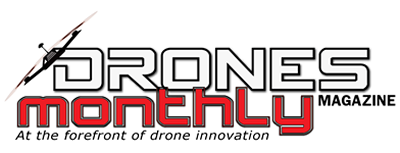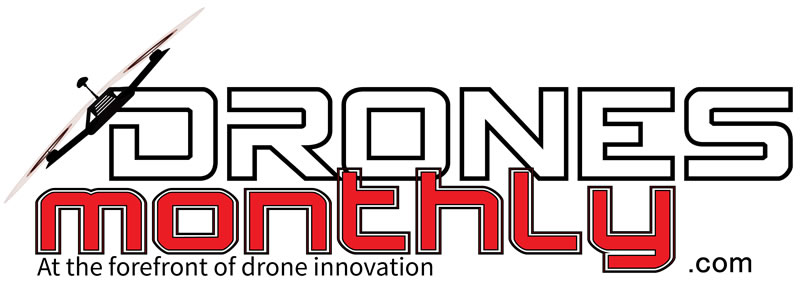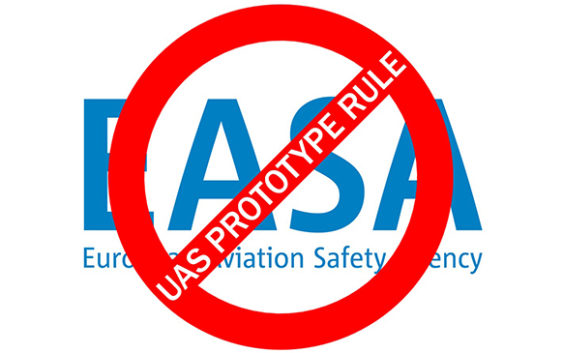EAS and FAI comment on the pressing concern of the EASA prototype rule and what the future holds.
The European Aviation Safety Agency (EASA) has recently launched its ‘Prototype Rules’ for the regulation of ‘unmanned aircraft’ throughout Europe. You can read the ‘Prototype Rules’ and the ‘Explanatory Note’ Here
The rules are ‘prototype’ at this stage as currently EASA has no power to regulate any aircraft below 150Kg. However, it is likely that the European Parliament will grant them this power in the very near future.
The Prototype Rules are written to provide a regulatory framework for the rapidly developing area of ‘drone’ operation (at this time principally multi-rotor aircraft). Unfortunately, ‘drones’ and model aircraft share the same legal definition as ‘unmanned aircraft’ (UA) which means that the proposed regulations also capture model flying.
EASA has tried to minimise the impact of the Prototype Rules on model flying (through Article 15) and proposes that it will be accommodated within the regulatory framework under a simplified authorisation process within the proposed ‘Specific Category’.
Concerns have been raised by the model flying community (500,000+ in Europe) that the proposed rules do not meet their needs and could result in demanding and inappropriate technical requirements being imposed. On behalf of the model flying community, Europe Air Sports (EAS) and the Fédération Aéronautique Internationale (FAI) have registered their concern directly with EASA and all parties met together in the last few days to discuss the situation.
As a result of the meeting, EASA has invited EAS/FAI to provide suggestions on how the Prototype Rules could be amended to better reflect the needs of model flyers and this work is in progress.
In parallel, proposed amendments to the EASA Basic Regulation have been submitted to the European Parliament to specifically remove model flying from EASA’s oversight with the objective of adopting rules for model flying more closely aligned with those recently agreed by the Federal Aviation Administration (FAA) in the USA.
EAS and FAI will continue to work in collaboration within Europe (and beyond) to make every effort to preserve the rights of the model flying community (who have established an excellent safety record over the last 100 years) and support their fight against the imposition of disproportionate regulation.
Issued on behalf of Europe Air Sports and the Fédération Aéronautique Internationale



